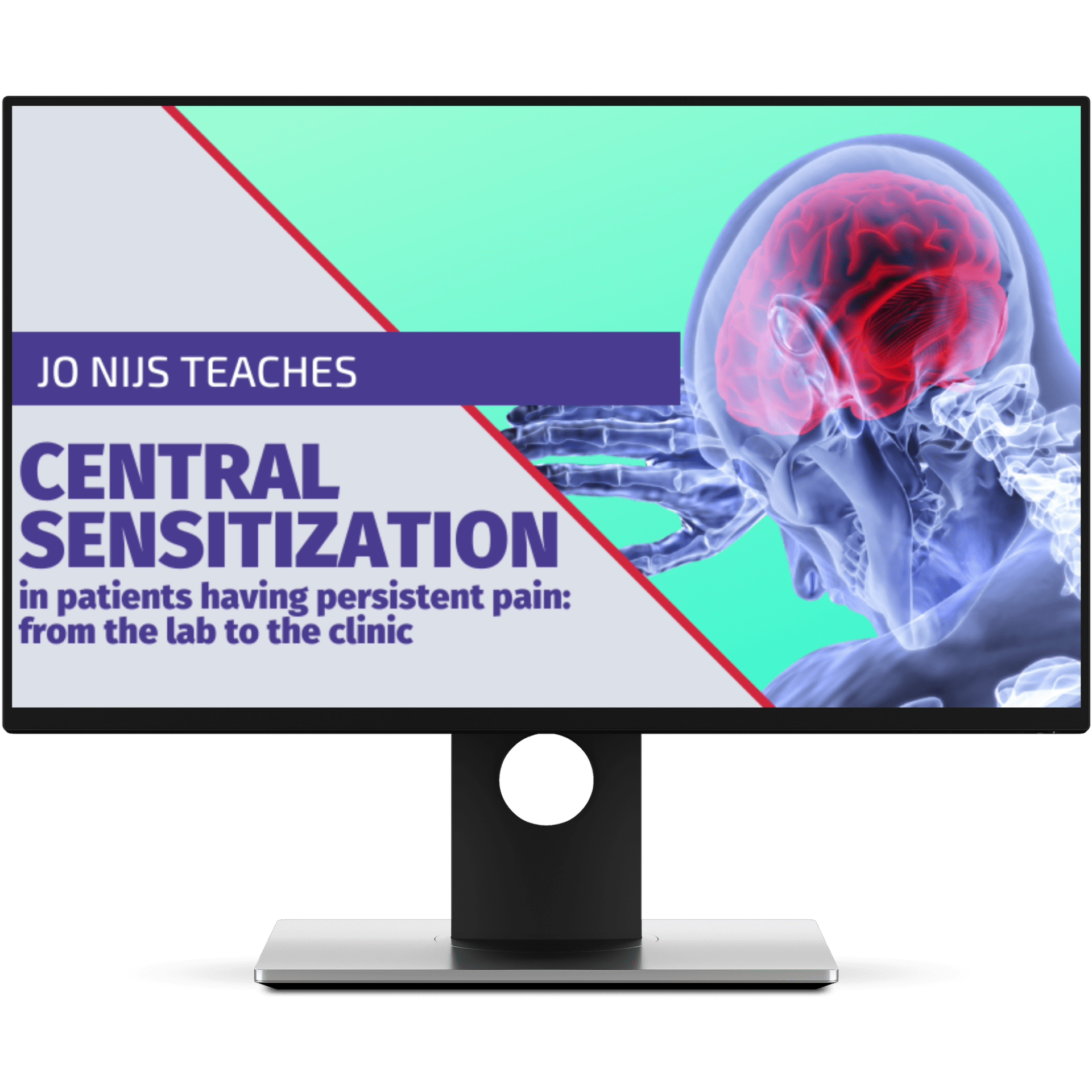Chronic pain is a growing problem. One component of overall management is patient and provider education about pain. The International Association for the Study of Pain (IASP) released guidelines on pain education for all healthcare professionals in 2012. The guidelines emphasize a multidisciplinary biopsychosocial model of pain for effective management.










